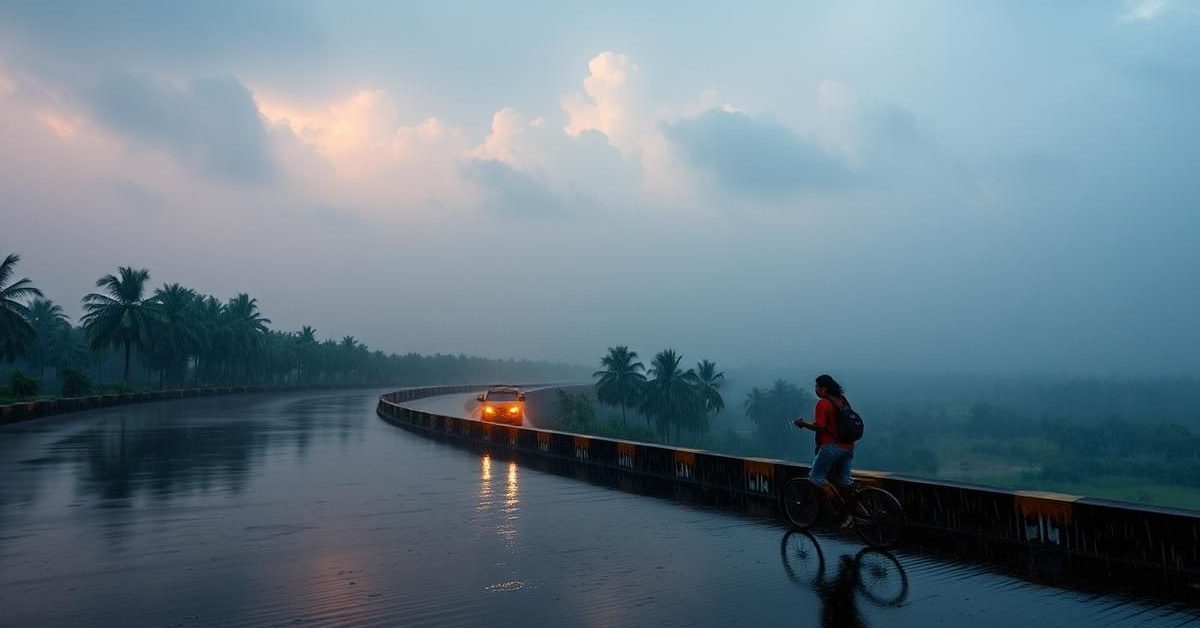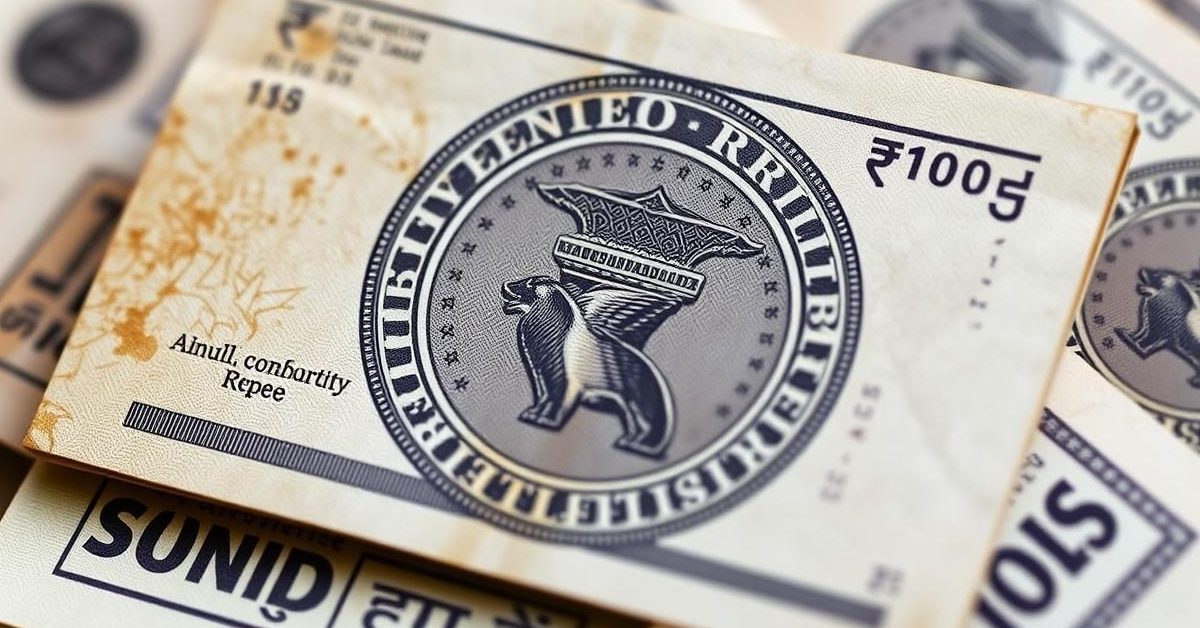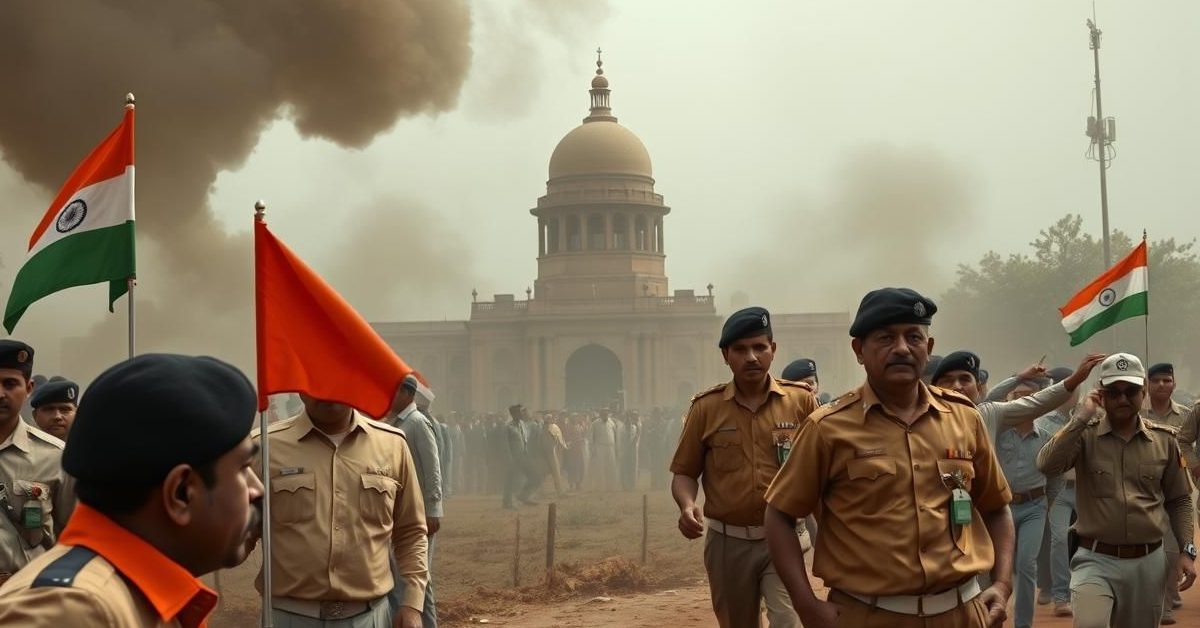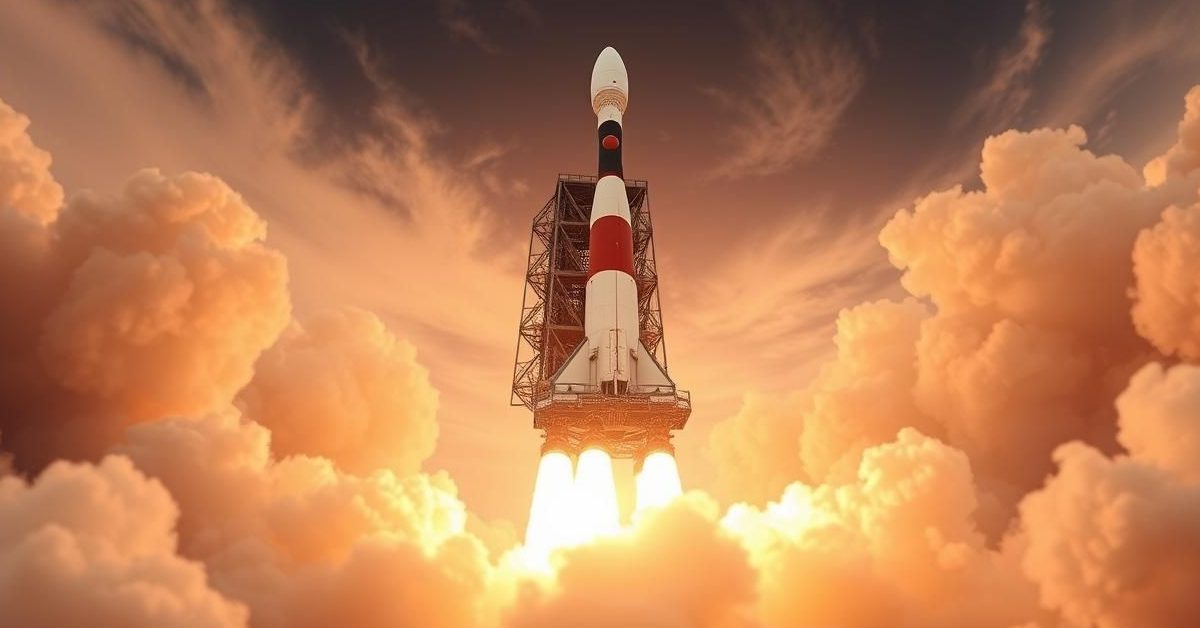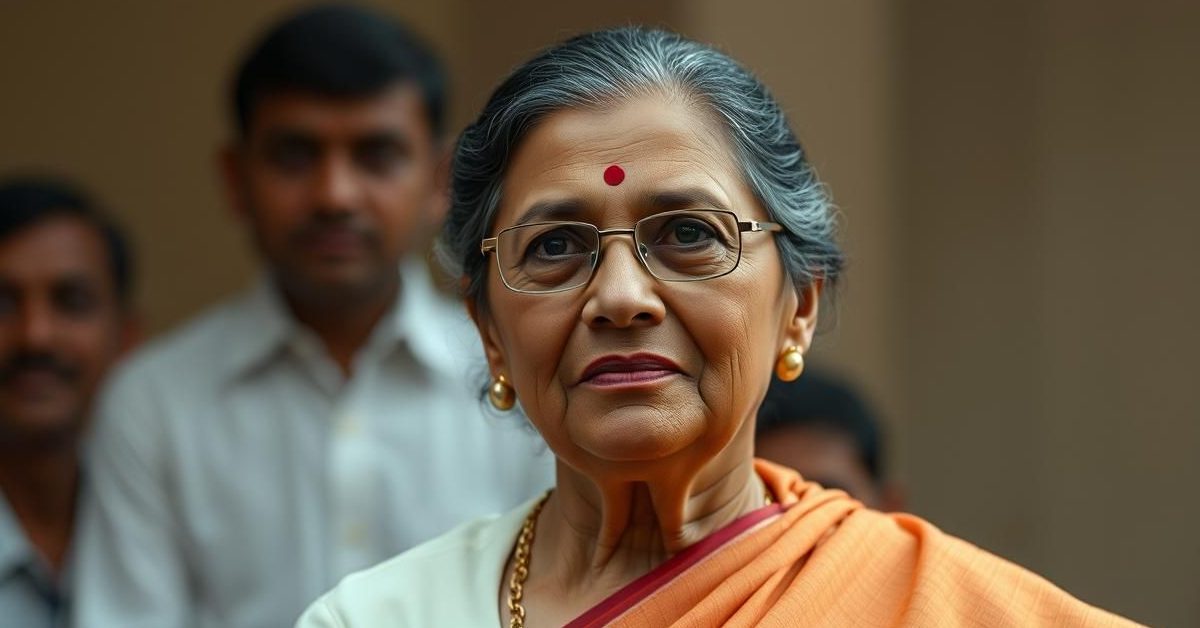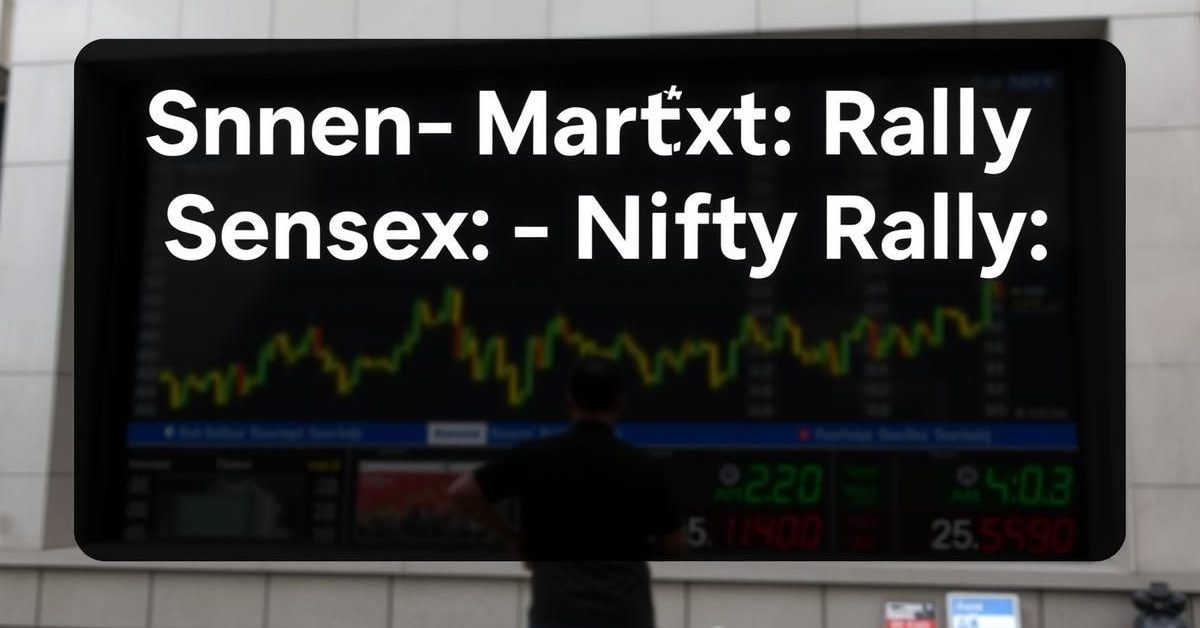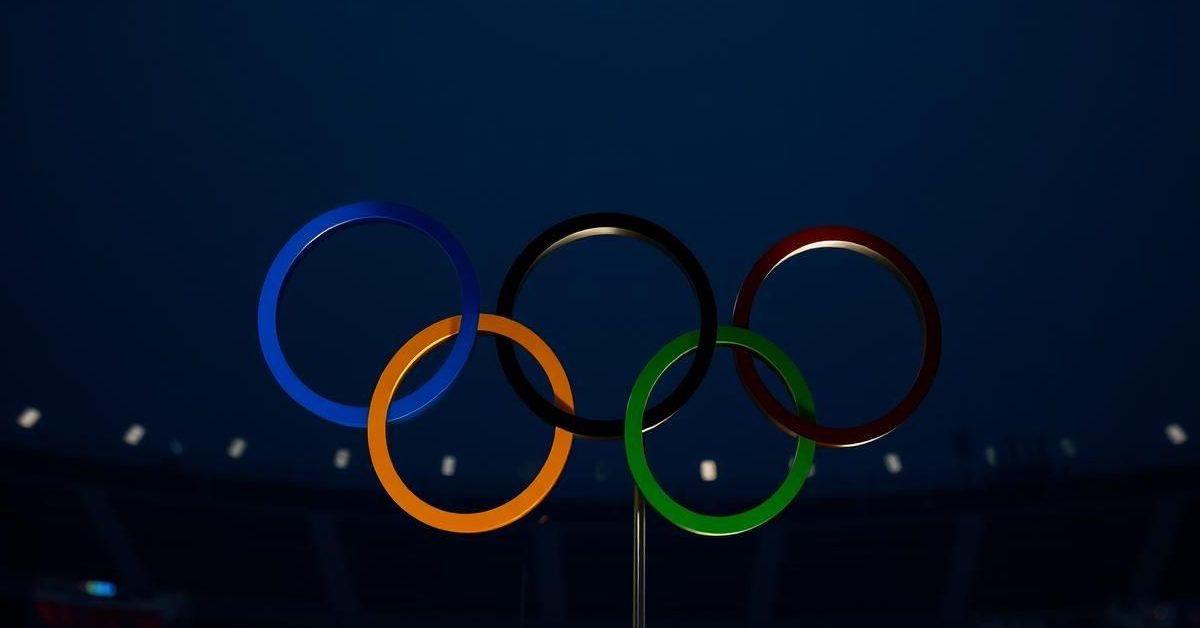The Sky’s New Horizon: India’s Private Space Leap with Group Captain Shubhanshu Shukla
A pivotal moment unfolded in India’s space narrative as Group Captain Shubhanshu Shukla embarked on the high-stakes Axiom-4 mission, soaring towards the International Space Station (ISS). This incredible journey marks him as only the second Indian to venture into the cosmos, decades after Squadron Leader Rakesh Sharma’s pioneering flight aboard the Soviet Union’s Soyuz T-11 spacecraft. Shukla, a distinguished fighter and test pilot with the Indian Air Force, commanded the Crew Dragon spacecraft, lifting off from NASA’s iconic Kennedy Space Center in Cape Canaveral, Florida.
After an intense 28-hour transit through the vacuum of space, the Dragon spacecraft flawlessly docked with the orbiting International Space Station. For the next two weeks, Shukla and his fellow crew members, including Poland’s Slawosz Uznanski-Wisniewski, Hungary’s Tibor Kapu, and the seasoned NASA veteran Peggy Whitson, will dedicate their time to critical scientific experiments and vital science outreach initiatives within the unique microgravity environment. This mission, themed “Realize the Return,” not only signifies India’s growing footprint but also the resurgence of other nations in human spaceflight.
The path to this launch wasn’t without its challenges. The Axiom-4 mission, initially slated for May, navigated through multiple delays caused by unpredictable weather and intricate technical hurdles. Even moments before liftoff, a minor software upload created a nail-biting suspense, vividly showing the human element of anticipation and relief as Shukla visibly reacted before the final “all clear” was given. This collaboration, facilitated by NASA, between India’s ISRO and private American space entities like Axiom Space (mission operator) and SpaceX (hardware provider), underscores a dynamic shift in global space exploration.
Shukla’s participation, though a private mission, holds profound implications for India’s long-term space strategy, complementing ambitious national programs like Gaganyaan. Originally among the four IAF pilots chosen for ISRO’s Gaganyaan, a program now anticipated for 2027, his current flight highlights the burgeoning era of private space involvement. This indirect engagement with the ISS through private astronauts strengthens India’s presence in space diplomacy and lays crucial groundwork for future commercial missions, potentially mitigating concerns about space becoming an exclusionary domain controlled by a select few.
Rooting for Growth: India Hosts International Potato Center’s South Asia Hub
In a significant stride towards bolstering food security and agricultural innovation, the Indian government has greenlit the establishment of the South Asia Regional Centre of the International Potato Center (CIP) in Agra, Uttar Pradesh. This strategic move aims to not only empower potato and sweet potato farmers across India’s crucial “potato-belt” states like Uttar Pradesh, Bihar, and West Bengal, but also extend its benefits to other nations across South Asia.
The CIP-South Asia Regional Centre (CSARC), strategically located in Singna, Agra, represents a substantial investment of ₹171 crore, with India contributing a significant portion (₹111 crore) and the remaining ₹60 crore funded by the Peru-based CIP. The Uttar Pradesh government’s provision of 10 hectares of land underscores the commitment to this project. The primary objective is ambitious yet vital: to significantly enhance food and nutrition security, elevate farmer incomes, and create substantial employment opportunities through improved potato and sweet potato productivity, post-harvest management, and value addition.
India’s proactive decision follows a direct appeal from Uttar Pradesh Chief Minister Yogi Adityanath to Union Agriculture Minister Shivraj Singh Chouhan, highlighting the urgency for such a facility. India holds the prestigious position of being the world’s second-largest producer and consumer of potatoes, with a massive output of 51.30 million tonnes in 2020. This dwarfs China’s 78.24 million tonnes, with both nations collectively accounting for over one-third of global potato production. Uttar Pradesh and West Bengal individually contribute about 15 million tonnes each, showcasing their critical role in the domestic supply chain.
This new center is not a solitary venture for India; it builds on a successful precedent. In 2017, the Ministry of Agriculture supported the establishment of the International Rice Research Institute (IRRI) South Asia Regional Centre (IRRI-SARC) in Varanasi, Prime Minister Narendra Modi’s parliamentary constituency. The International Potato Center, headquartered in Lima, Peru, since 1971, focuses on research-for-development in potato, sweet potato, and Andean roots and tubers. The Agra center will significantly amplify these efforts, unlocking and exploring the immense potential of India’s potato sector for employment generation across its entire value chain.
Shifting Sands: Reimagining the Middle East Amidst Geopolitical Earthquakes
The tumultuous landscape of the Middle East continues to undergo a profound transformation, redefined by the simmering tensions between traditional rivals and the disruptive influence of global powers. As Ramin Jahanbegloo eloquently argues, the strategic face-off between the State of Israel and the Iranian regime, rooted in decades of ideological struggle for regional hegemony, has been a central defining feature. This has often been exacerbated by Iran’s vocal rhetoric and its expansive use of proxy networks.
For nearly five decades, Iran’s approach, particularly intensified after its grueling war with Saddam Hussein’s Iraq, saw its Revolutionary Guards and Quds Force play starring roles in projecting power through proxies like Lebanese Hezbollah, Hamas, and the Houthis of Yemen. This strategy, however, exacted a heavy toll on the Iranian populace, leading to economic isolation through severe sanctions imposed by former US President Donald Trump’s “maximum pressure campaign” and European Union responses to human rights abuses, nuclear proliferation, and military support for Russia’s war in Ukraine.
The recent military exchanges between Iran and Israel introduced new dynamics. Israel, crucially, benefited from the staunch political and military backing of the Trump administration. Simultaneously, reports indicate that Ayatollah Khamenei’s advisors urged de-escalation following strikes on key Iranian nuclear sites like Fordow, Natanz, and Isfahan. While Iran maintained the option of launching retaliatory missiles and drones, the survival of the Islamic Republic was reportedly at stake, reminiscent of its 1988 conflict with Iraq. Even crucial allies like Russia and China, deeply integrated into the global economy, cautioned against extreme measures such as closing the Strait of Hormuz, a vital artery for global crude oil.
The regional Arab leadership, particularly Saudi Arabia, UAE, and Qatar, have actively sought to de-escalate tensions, wary of any bid for Shiite hegemony. Their current preoccupation appears to be the observed isolation of Iran from its weakened proxies and its two major political allies. While regime change in Iran remains a complex undertaking, the US and Israel have demonstrated their capacity to set back Iran’s nuclear capabilities without permanently eradicating the underlying nuclear and ballistic missile threats. This ongoing flux prompts critical questions about future stability, potential peace deals, and the long-term impact on the region’s socio-political fabric.
A New Power Paradigm: Bihar Embraces Small Modular Nuclear Reactors
Bihar is poised to enter a new era of energy security with the announcement of its first atomic power plant, leveraging advanced Small Modular Reactor (SMR) technology. This landmark decision positions Bihar among the initial six states in India to benefit from the country’s ambitious Nuclear Energy Mission, reflecting a strategic shift in national energy policy. Union Power Minister Manohar Lal Khattar made the significant announcement following a meeting with eastern region power ministers, signaling a strong commitment from the Centre to support Bihar’s long-standing energy aspirations.
The move comes as a crucial development for Bihar, a state that has historically grappled with power deficits and infrastructure challenges. Officials anticipate that this SMR-based plant will provide a more stable and reliable electricity supply, acting as a catalyst for industrial development and economic growth across the region. The project, whose site and scale are yet to be finalized, is part of the broader Nuclear Energy Mission, a ₹20,000 crore allocation from the Union Budget 2025-26 aimed at expanding clean and reliable nuclear power across the nation, thereby fortifying regional energy security.
SMRs represent a transformative leap in nuclear technology. Unlike their traditional, large-scale counterparts, SMRs are designed for greater flexibility, cost-effectiveness, and enhanced safety features. Their modular design allows for deployment in smaller grids, making them ideal for regions previously unable to accommodate conventional nuclear plants. This offers a compelling solution for states like Bihar to address their energy demands efficiently and sustainably.
In addition to the nuclear plant, the Centre has approved a substantial 1,000 MW battery storage capacity project for Bihar, backed by a viability gap funding of ₹18 lakh per MW. This initiative, following Prime Minister Narendra Modi’s recent laying of the foundation stone for a 500 MWh Battery Energy Storage System (BESS) in Siwan, underscores a holistic approach to energy infrastructure. It aims to bolster grid stability and facilitate the seamless integration of renewable energy sources, showcasing Bihar’s progressive strides in modernizing its power sector and addressing long-standing energy challenges.
Unraveling the Uranium Enigma: Iran’s Nuclear Program Under Scrutiny
The clandestine world of uranium enrichment remains at the heart of geopolitical tensions, particularly concerning Iran’s nuclear ambitions. Rafael Grossi, the chief of the International Atomic Energy Agency (IAEA), recently cast a shadow of doubt over the full extent of damage to Iran’s highly enriched uranium stock following recent Israeli and US attacks. Grossi indicated a strong possibility that a significant portion of the material might have been relocated by Tehran shortly after the initial strikes, a move Iran had signaled to the IAEA on June 13th.
Uranium, a naturally occurring radioactive element, is the cornerstone of nuclear energy and weapons. Its isotopes, particularly Uranium-235, are critical for nuclear reactions. Uranium enrichment is the intricate process of increasing the proportion of Uranium-235 from its natural abundance of 0.72% to much higher levels. While enrichment up to 5% or 20% is typical for civilian nuclear power generation and some research reactors, enrichment beyond 20% is deemed “highly enriched.” Material enriched to approximately 90% purity is considered “weapons-grade,” capable of fueling nuclear weapons.
The IAEA’s role is to verify the peaceful use of nuclear material. Its last quarterly report on May 31st highlighted that Iran possessed enough uranium enriched to 60% purity to potentially produce nine nuclear weapons if further enriched. Iran has consistently maintained that its nuclear program is exclusively for peaceful purposes, denying any pursuit of nuclear weapons. However, the IAEA and Western powers dispute the civilian justification for enriching uranium to such high levels, noting that no other nation has done so without eventually developing nuclear weapons capabilities.
The ongoing situation surrounding Iran’s uranium enrichment efforts underscores the strategic significance of this technology in the global nuclear order. The geopolitics are complex, involving not only the technical aspects of enrichment but also international treaties, sanctions, and the delicate balance of power in the Middle East. The mystery surrounding the precise location and quantity of Iran’s highly enriched uranium continues to fuel international concern and highlights the critical importance of robust monitoring and diplomatic engagement in preventing nuclear proliferation.
India’s Economic Resilience: Navigating Global Headwinds with Confidence
Amidst a landscape fraught with heightened geopolitical and trade uncertainties, the Indian economy has demonstrated remarkable resilience, according to a recent “State of the Economy” article published in the Reserve Bank of India (RBI)’s June bulletin. This robust performance is evident across various high-frequency indicators for May 2025, painting a picture of buoyant economic activity particularly within the industrial and services sectors.
The provisional estimates of national income, released by the National Statistical Office (NSO) in May, confirmed India’s real Gross Domestic Product (GDP) growth at a robust 6.5% for 2024-25, mirroring the Second Advance Estimates. Crucially, the twin engines driving this growth—private final consumption expenditure (PFCE) and gross fixed capital formation (GFCF)—contributed significantly, accounting for 4 and 2.4 percentage points respectively to the overall GDP expansion. The Indian economy’s quarterly trajectory also showed a promising acceleration, with a 7.4% growth in Q4 FY25, notably higher than the 6.4% recorded in the preceding quarter, primarily propelled by a sharp increase in fixed investment and sustained construction activity.
While urban demand showed some moderation in May, evidenced by a decline in passenger vehicle sales, rural demand exhibited a noticeable improvement, reflected in increased two-wheeler retail sales. Overall, the economic momentum remained strong, bolstered by key high-frequency indicators such as e-way bills, Goods and Services Tax (GST) revenue, toll collections, and digital payments, all registering robust growth. GST collections, in particular, surpassed the ₹2 lakh crore mark for the second consecutive month, a testament to healthy economic activity and boosted by import-related GST receipts.
Adding to this positive outlook, headline inflation, as measured by year-on-year changes in the all-India consumer price index (CPI), softened to 2.8% in May 2025—its lowest since February 2019. Financial conditions remained conducive, facilitating efficient transmission of the RBI’s rate cuts to the credit market. Furthermore, foreign direct investment (FDI) inflows saw a significant surge, reaching $3.9 billion in April 2025, more than double the level recorded in April 2024. India’s global standing in FDI inflows is noteworthy, ranking 16th and attracting $114 billion in greenfield investment in digital economy sectors over the last five years (2020-2024), leading the Global South in this crucial area.

